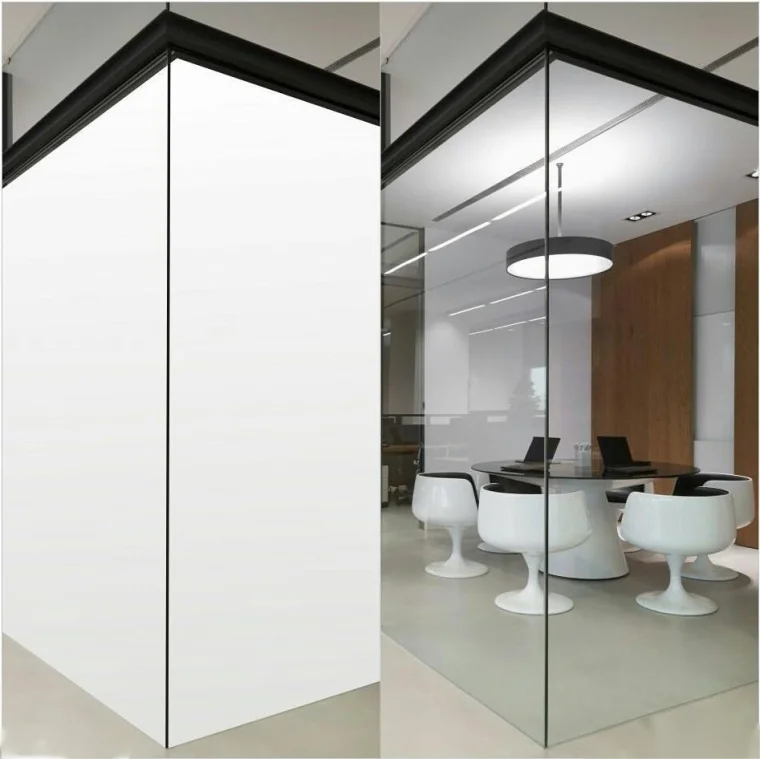In today's fast-paced world, finding peace and quiet within our own homes has become increasingly challenging. Whether it's the bustling city streets, noisy neighbors, or the constant hum of appliances, unwanted interior noise can disrupt our daily lives and affect our well-being. In this blog post, we will explore the effectiveness of acoustic panels in blocking inside noise, providing you with valuable insights and practical solutions to create a serene and tranquil environment.
- Understanding Acoustic Panels:
Acoustic panels, also known as sound-absorbing panels, are specially designed to reduce noise levels by absorbing sound waves. These panels are typically made from materials with sound-absorbing properties, such as foam, fabric, or wood, and are strategically placed on walls, ceilings, or floors to minimize sound reflections and reverberations. - How Acoustic Panels Work:
Acoustic panels work on the principle of sound absorption. When sound waves hit the panels, they penetrate the porous surface, causing the sound energy to be converted into heat energy. This absorption process reduces the sound intensity, preventing it from bouncing back into the room and creating echoes or reverberations. - Blocking Inside Noise with Acoustic Panels:
While acoustic panels excel in reducing echoes and reverberations, their ability to block inside noise depends on various factors:
a) Frequency Range: Acoustic panels are most effective in attenuating mid to high-frequency sounds, such as voices, footsteps, or televisions. However, they may have limited impact on low-frequency sounds, such as heavy machinery or bass music.
b) Panel Placement: Proper placement of acoustic panels is crucial for maximizing their noise-blocking capabilities. Identifying the primary source of the noise and strategically positioning the panels in that area can significantly reduce its impact.
c) Panel Thickness and Density: Thicker and denser panels tend to provide better sound insulation. Opting for panels with higher Noise Reduction Coefficients (NRC) ensures enhanced noise reduction.
d) Additional Soundproofing Measures: Combining acoustic panels with other soundproofing techniques, such as sealing gaps, using double-glazed windows, or adding soundproof curtains, can further enhance their effectiveness in blocking inside noise.
- Benefits of Acoustic Panels:
Apart from their noise-blocking capabilities, acoustic panels offer several additional benefits:
a) Improved Room Acoustics: By reducing echoes and reverberations, acoustic panels enhance speech intelligibility and audio clarity, making them ideal for home theaters, recording studios, or conference rooms.
b) Aesthetically Pleasing: Acoustic panels come in various designs, colors, and textures, allowing you to incorporate them seamlessly into your interior decor while maintaining a visually appealing space.
c) Health and Well-being: Excessive noise can lead to stress, sleep disturbances, and reduced productivity. By creating a quieter environment, acoustic panels contribute to improved mental and physical well-being.
Conclusion:
In conclusion, acoustic panels are effective in reducing inside noise by absorbing sound waves and minimizing echoes and reverberations. While their effectiveness may vary depending on factors such as frequency range, panel placement, thickness, and density, combining them with other soundproofing measures can significantly enhance their noise-blocking capabilities. By investing in acoustic panels, you can create a peaceful and serene environment within your home, free from the disturbances of interior noise.





